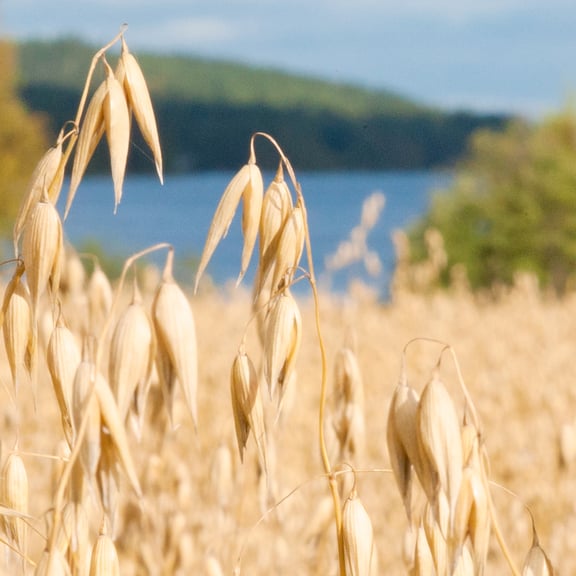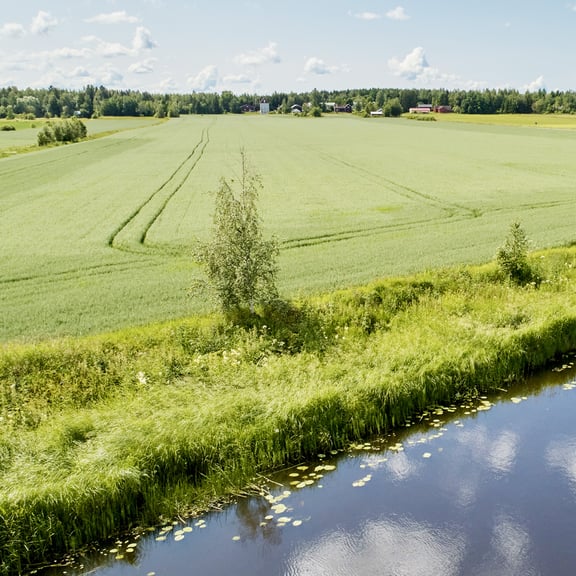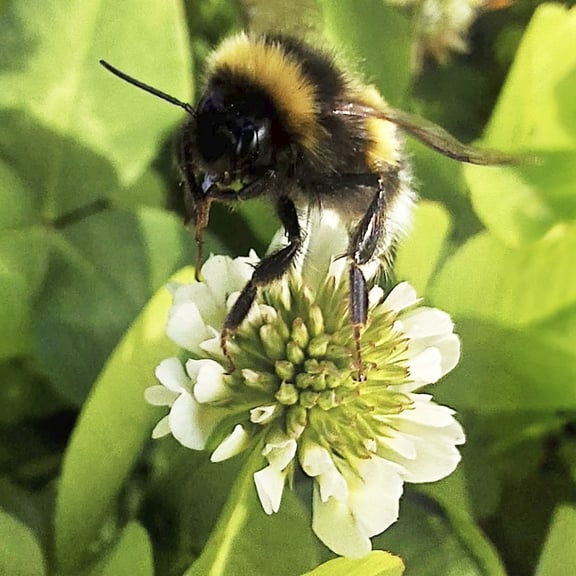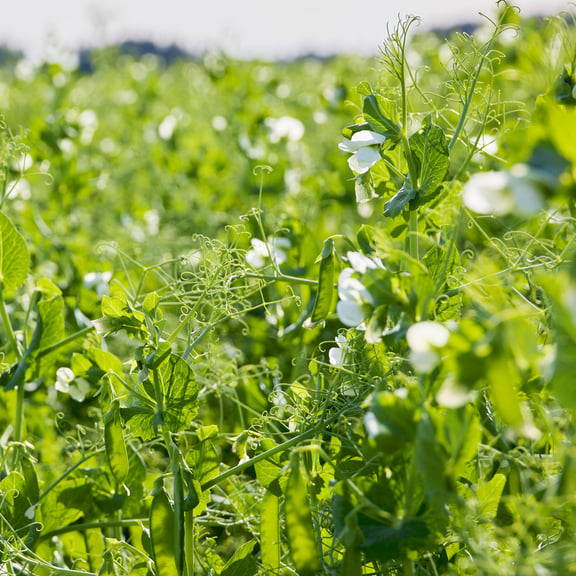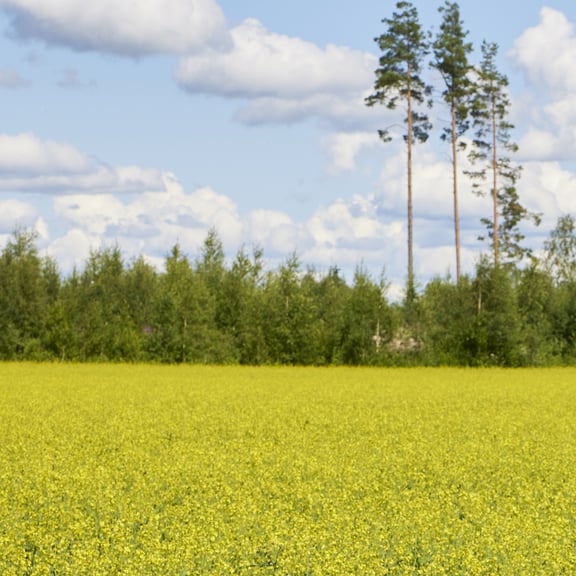In 2022, Helsinki Mills launched a practical environmental programme with its contract farmers to increase yields while reducing the environmental impact of cultivation. All the gluten free oat farms selected for the pilot programme are our long-term partners.
- With the Environmental and Sustainable Farming Programme, we are looking for even better-quality oats for our mills and a larger and better-quality harvest - even in poorer years," says Pekka Kultti, Procurement Manager of Helsinki Mills’s oats, who also grows gluten free oats himself.
According to Kultti, farmers were happy to participate in the pilot programme. The Environmental and Sustainable Farming Programme gives contract farmers the opportunity to improve their farm and adopt new technologies. Of course, it will also require a financial investment from the farmers, but the programme will give them the opportunity to do so. In addition to providing farmers with many good lessons for improving their own harvest, Helsinki Mills pays a premium price for the crops.
